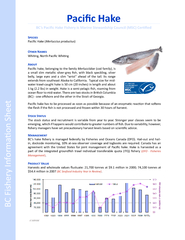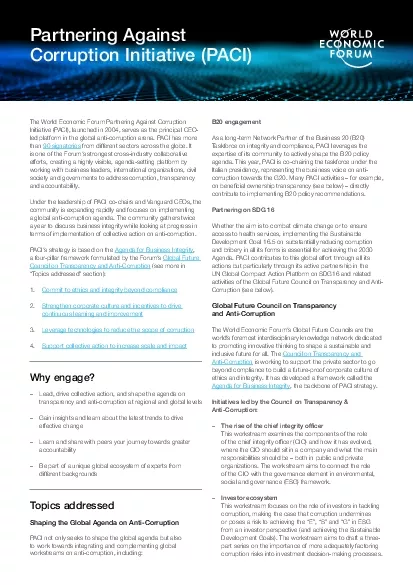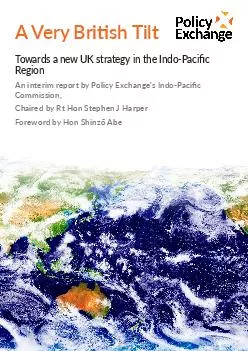PDF-Gut & gigabytesAsia Paci�c insights
Author : liane-varnes | Published Date : 2016-04-19
Capitalising on the art science in decision making Exploring the agenda for big decisions in 201415 and the process that business leaders will go through in making
Presentation Embed Code
Download Presentation
Download Presentation The PPT/PDF document "Gut & gigabytesAsia Paci�c in..." is the property of its rightful owner. Permission is granted to download and print the materials on this website for personal, non-commercial use only, and to display it on your personal computer provided you do not modify the materials and that you retain all copyright notices contained in the materials. By downloading content from our website, you accept the terms of this agreement.
Gut & gigabytesAsia Paci�c insights: Transcript
Download Rules Of Document
"Gut & gigabytesAsia Paci�c insights"The content belongs to its owner. You may download and print it for personal use, without modification, and keep all copyright notices. By downloading, you agree to these terms.
Related Documents














